Monarda didyma – Bee Balm
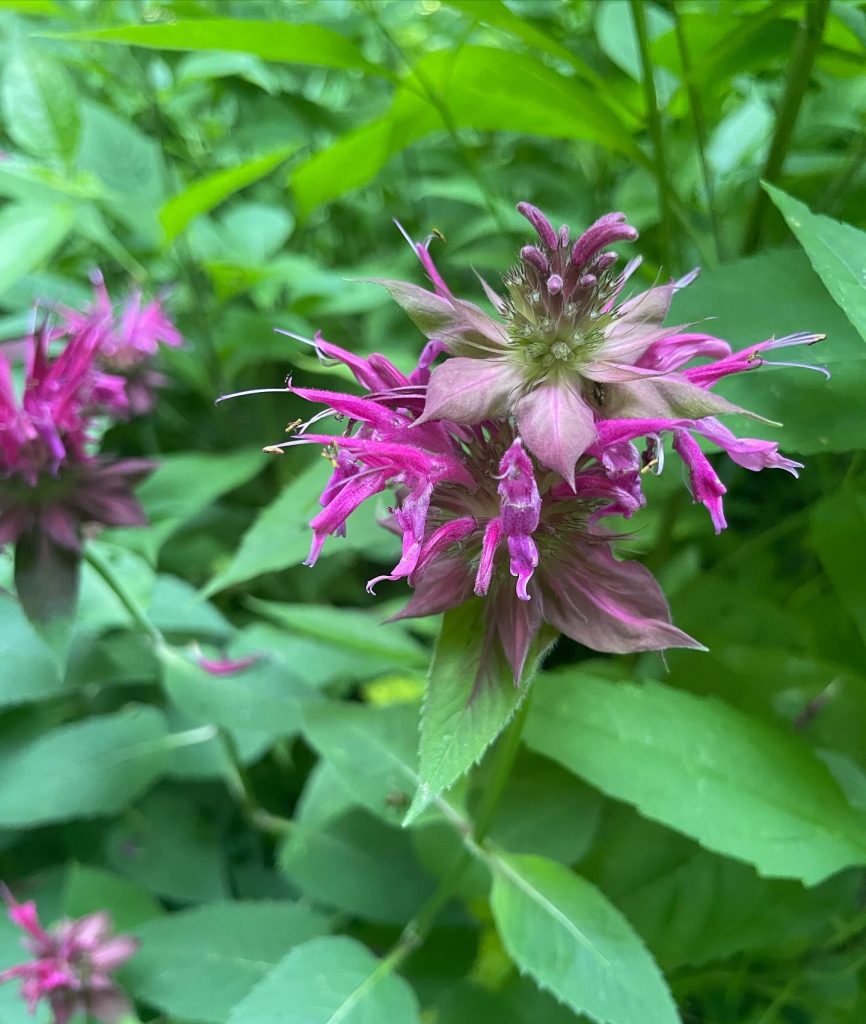
‘Raspberry wine’ bee balm (Monarda ‘Raspberry wine’) is a bee balm cultivar of the native Monarda didyma. Bee balm is named for the ability of its resin to sooth the pain from bee stings. It is a perennial with a history of edible and medicinal uses. Bee balm can be found in partial shade to […]
Rumex crispus – Curly Dock
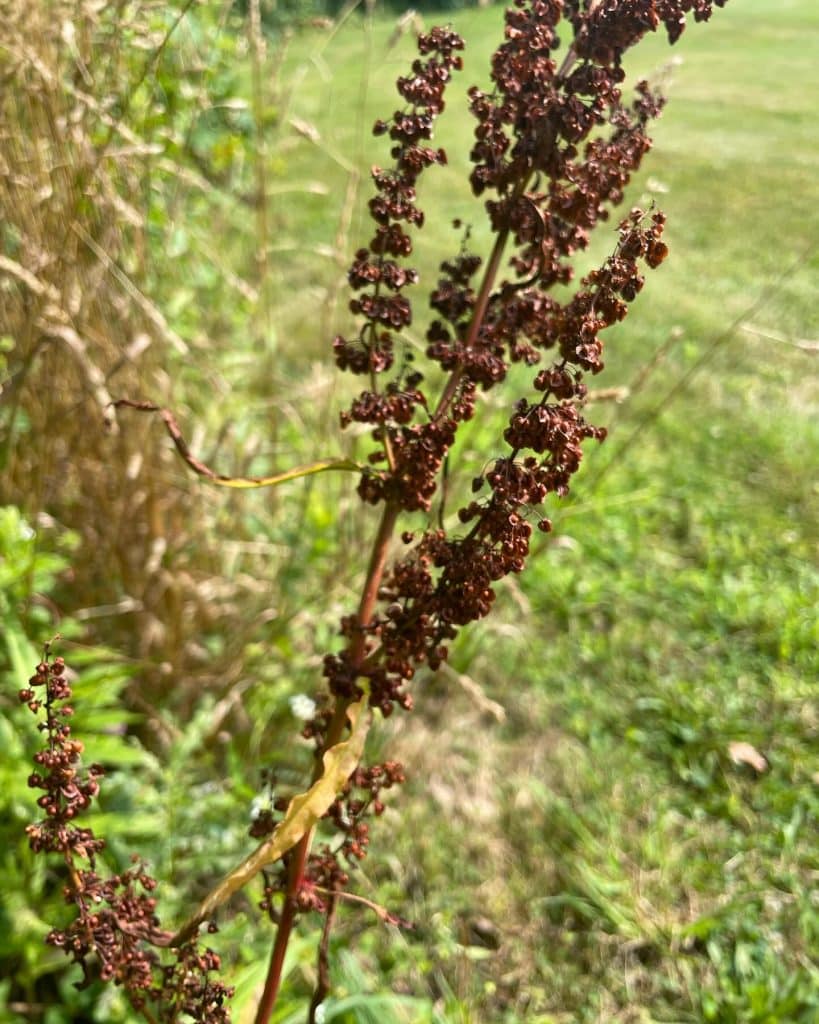
Curly Dock (Rumex crispus) is a distant relative of buckwheat that is native to Europe. Curly Dock can be found in fields, roadsides, and open areas. It can grow in full sun to part shade. Curly Dock has long, narrow, hairless leaves with wavy edges. It produces seeds in the summer which can stay […]
Rosa virginiana – Wild Rose
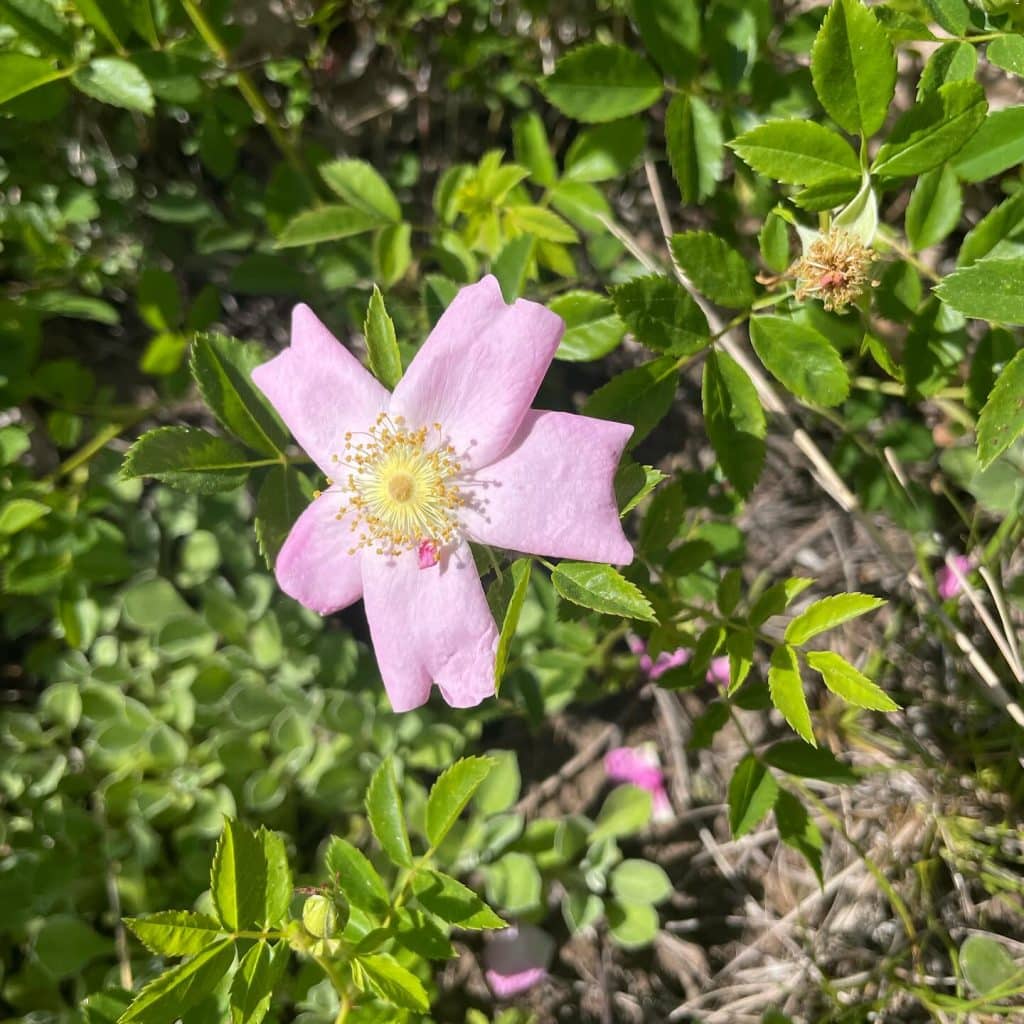
Wild Rose (Rosa virginiana) is a native plant with edible and medicinal uses. We have six native species of wild rose in New England and two introduced species. Wild rose can be found in sandy and saline soil. It requires at least 6 hours of sun per day. Leaves are alternate and composed of […]
Coprinopsis variegata – Scaly Ink Cap

The Scaly Ink cap (Coprinopsis variegata) is a decomposer with questionable edibility. The scaly ink cap can be found growing on decaying hardwoods in eastern North America. It fruits summer-fall. The cap is covered by a felty, whitish veil when young. The veil soon breaks into large, felty patches revealing a brownish yellow surface underneath. […]
Cantharelles appalachiensis – Appalachian Chanterelle
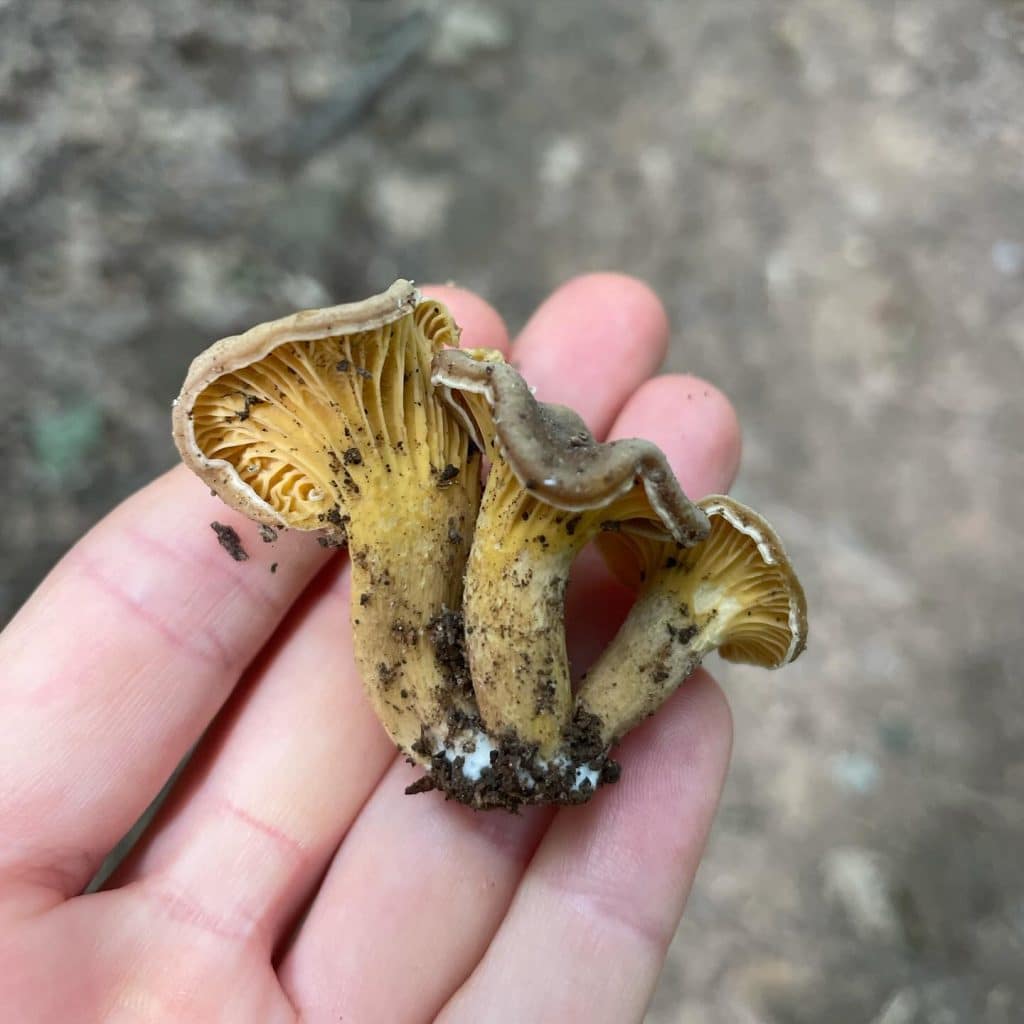
The Appalachian chanterelle (Cantharelles appalachiensis) is a species of chanterelle that is native to eastern North America. It can be differentiated from other chanterelle species by its pale to yellowish-brown coloration. The Appalachian chanterelle is a summer mushroom that can be found in hardwood forests. Chanterelle mushrooms can be identified by their decurrent gill-like ridges […]
Phaeolus schweinitzii – Dyer’s Polypore
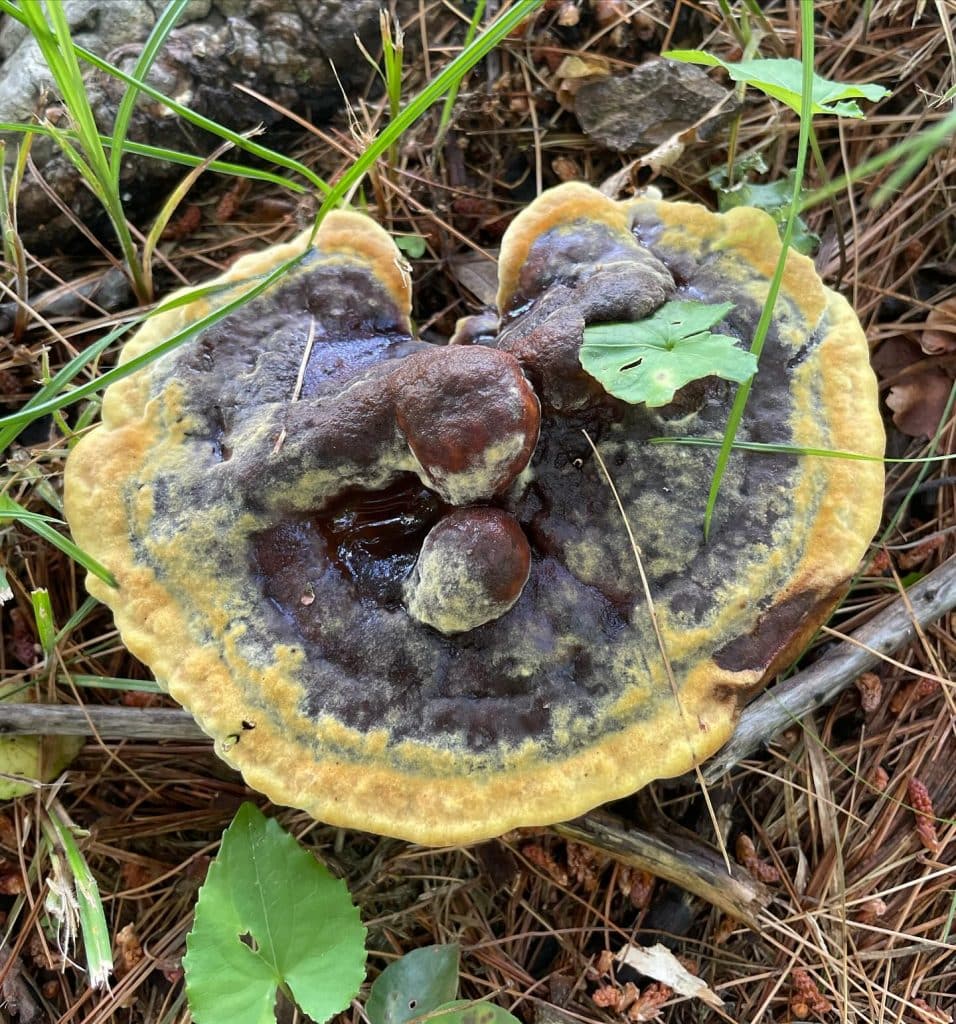
Dyer’s Polypore (Phaeolus schweinitzii) is a pathogenic polypore that causes butt rot on conifers. The mushroom can be found summer-fall on the roots of conifer trees. The mushroom is composed of multiple circular caps. The caps are densely hairy, giving the mushroom a velvety appearance. The caps start yellowish and become brownish with age. The […]
Morus alba – White Mulberry
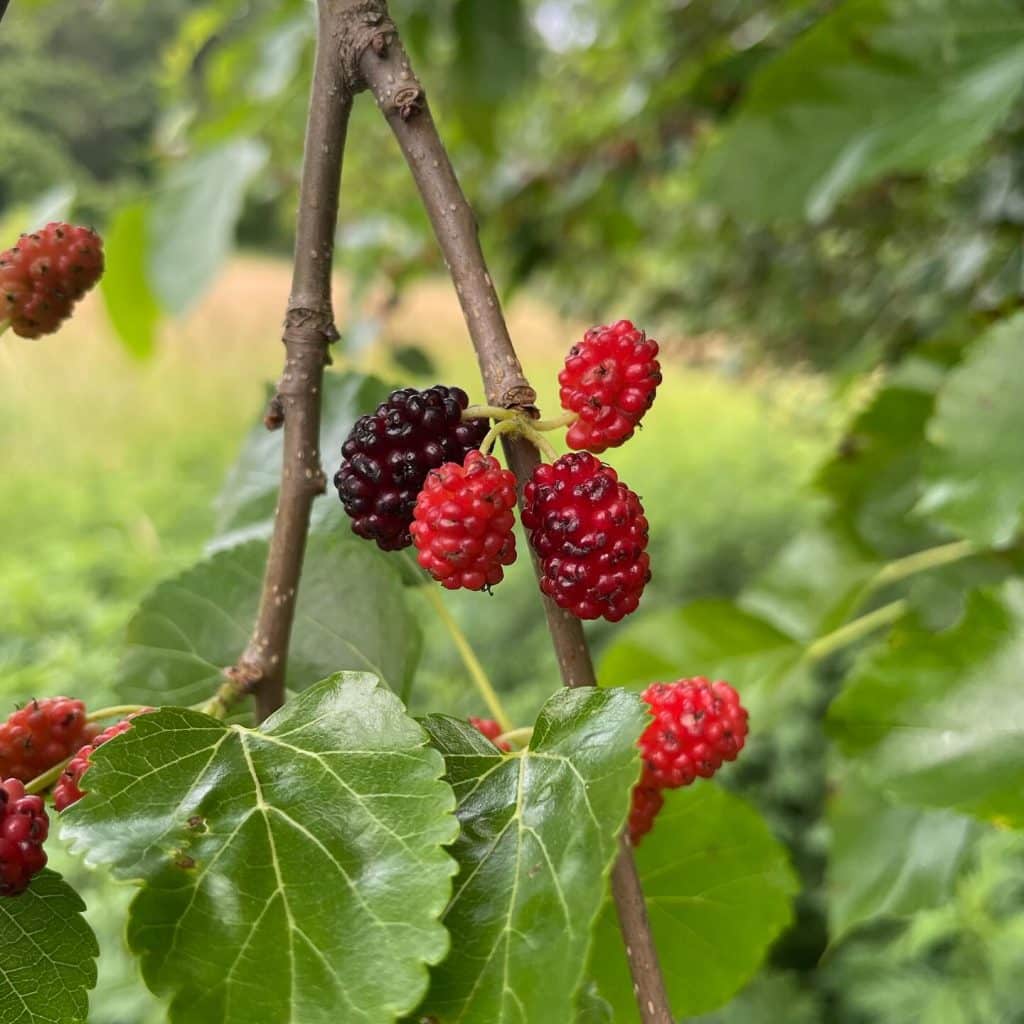
White mulberry (Morus alba) is a non-native tree that was brought to the U. S. in the 1900’s to feed silkworms for the silk industry. White mulberries can be found in sun or partial sun in woodland edges, fields, and fence rows. Leaves can be oval-shaped or lobed. They have a glossy top and […]
Rubus occidentalis – Black Raspberry
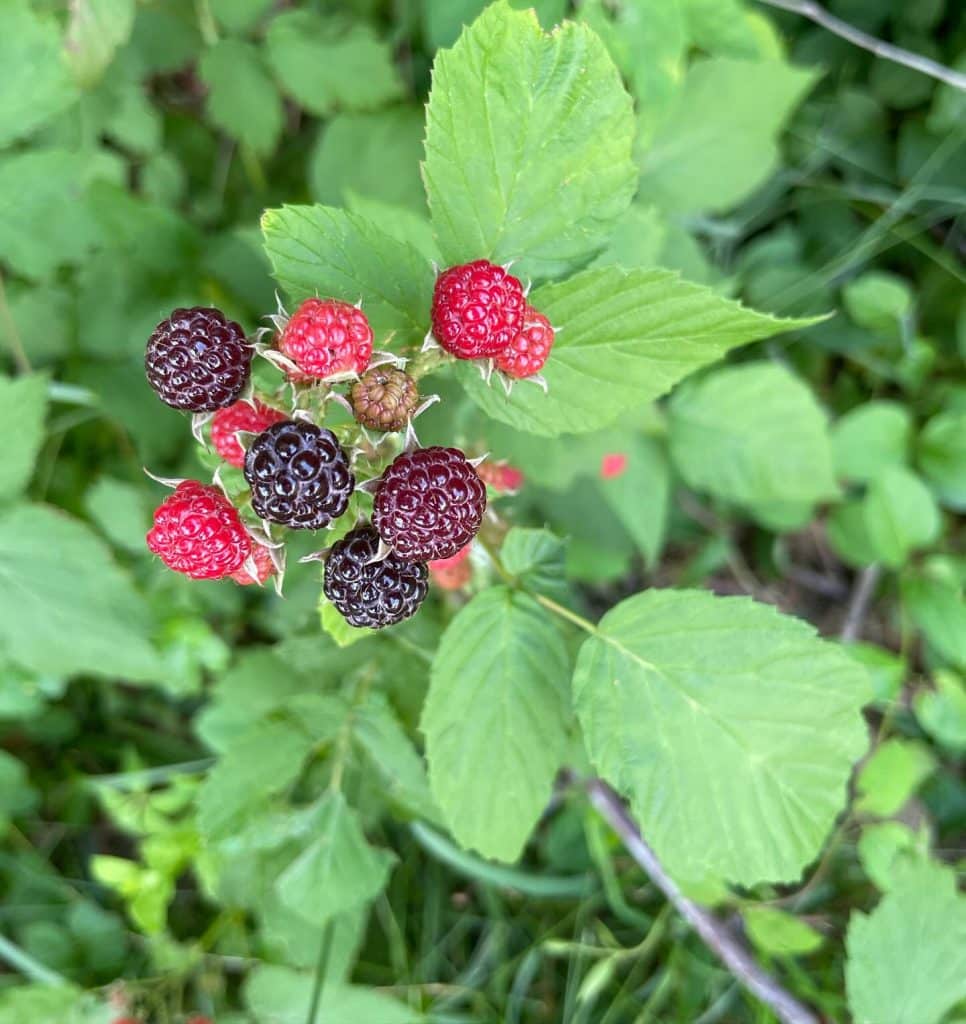
Black raspberry (Rubus occidentalis) is one of the first native berries to ripen in the summer. Black raspberries are a native perennial that can be found in disturbed habitats, meadow edges, and stream banks. They can grow in full sun to partial shade. Black raspberry plants have thorny canes that are covered in a whitish […]
Portulaca oleracea – Purslane
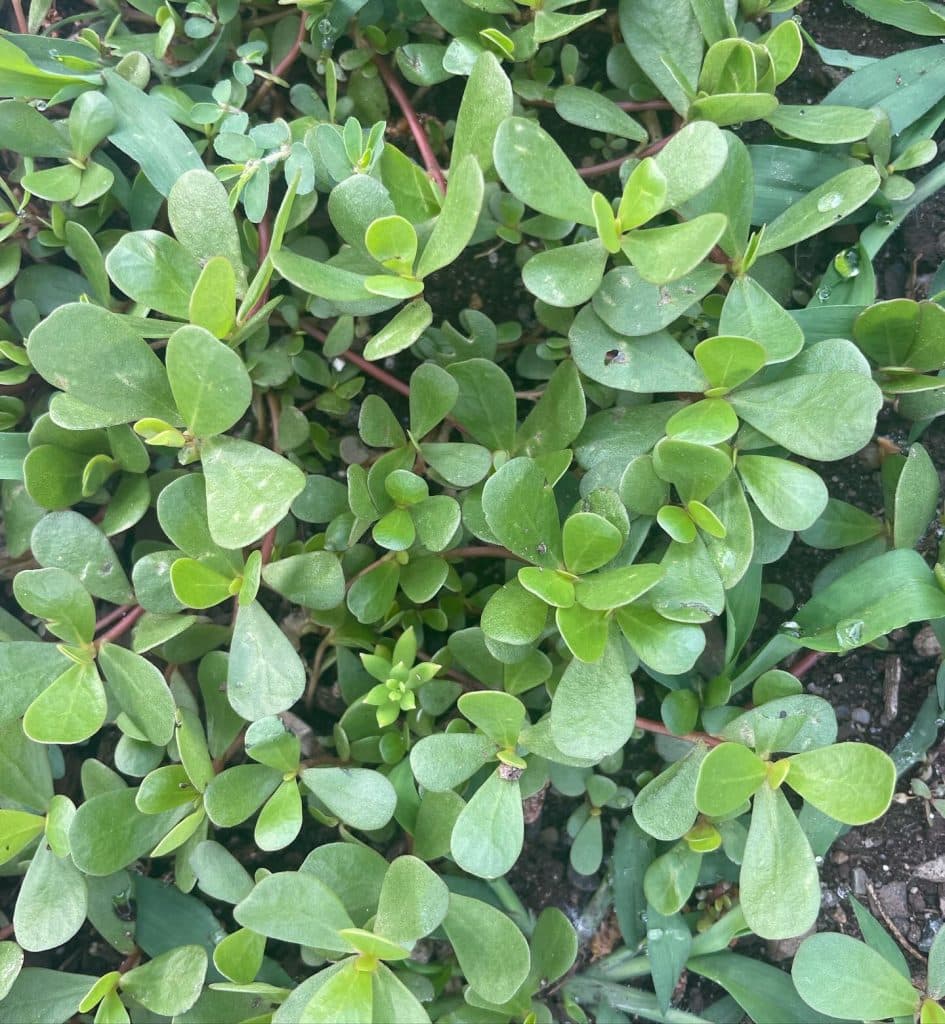
Purslane (Portulaca oleracea) is a non-native annual succulent with edible and medicinal uses. Purslane can be found in disturbed areas such as gardens and yards. Purslane grows from a central taproot and stays low to the ground. Stems are thick and succulent. They can be reddish or green. Leaves are alternate and spatula shaped. Flowers […]
Lysimachia nummularia – Creeping Jenny
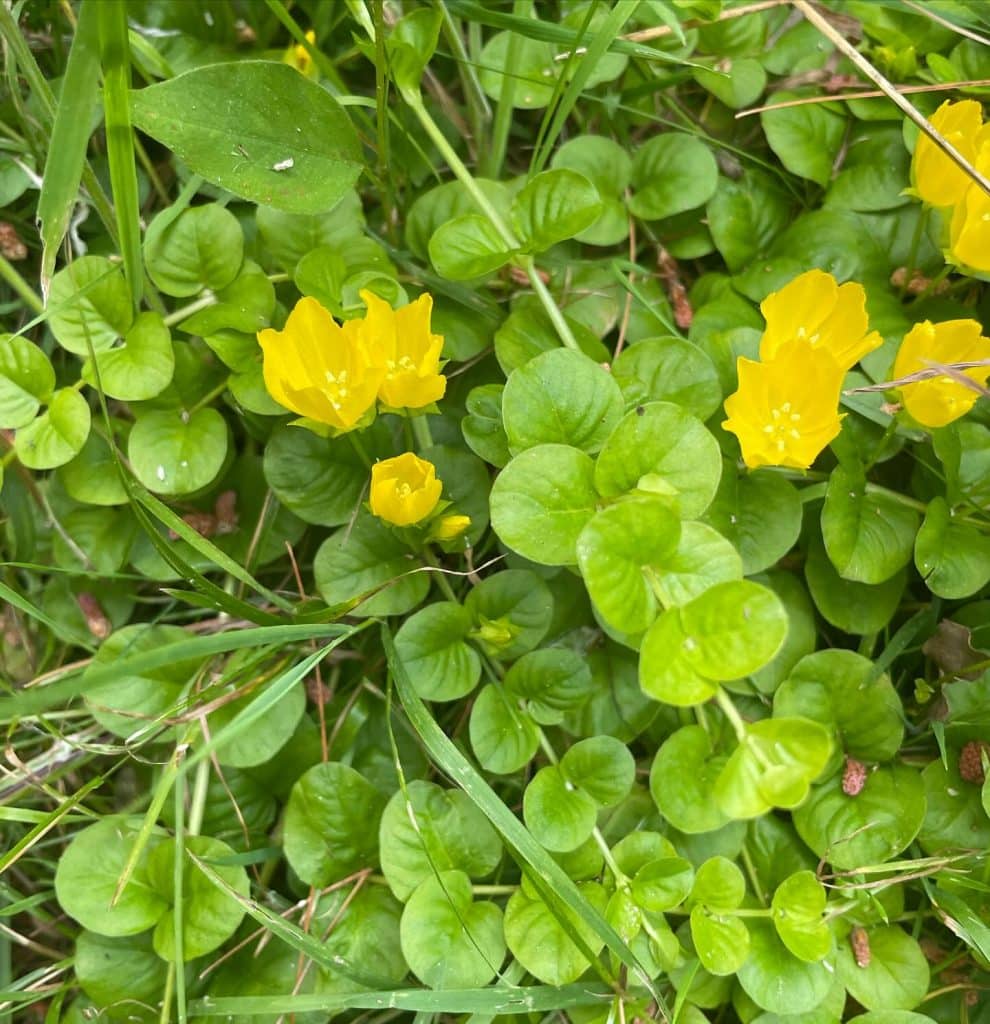
Creeping Jenny (Lysimachia nummularia) is an invasive plant with medicinal uses. It can be found in damp pastures and along sunny streams. Creeping Jenny, also known as moneywort, has opposite, rounded leaves that resemble coins. Flowers are bright yellow, and cup shaped. Flowers can be eaten raw. They have a taste reminiscent of cilantro. Creeping […]
Prunus avium – Wild Sweet Cherry
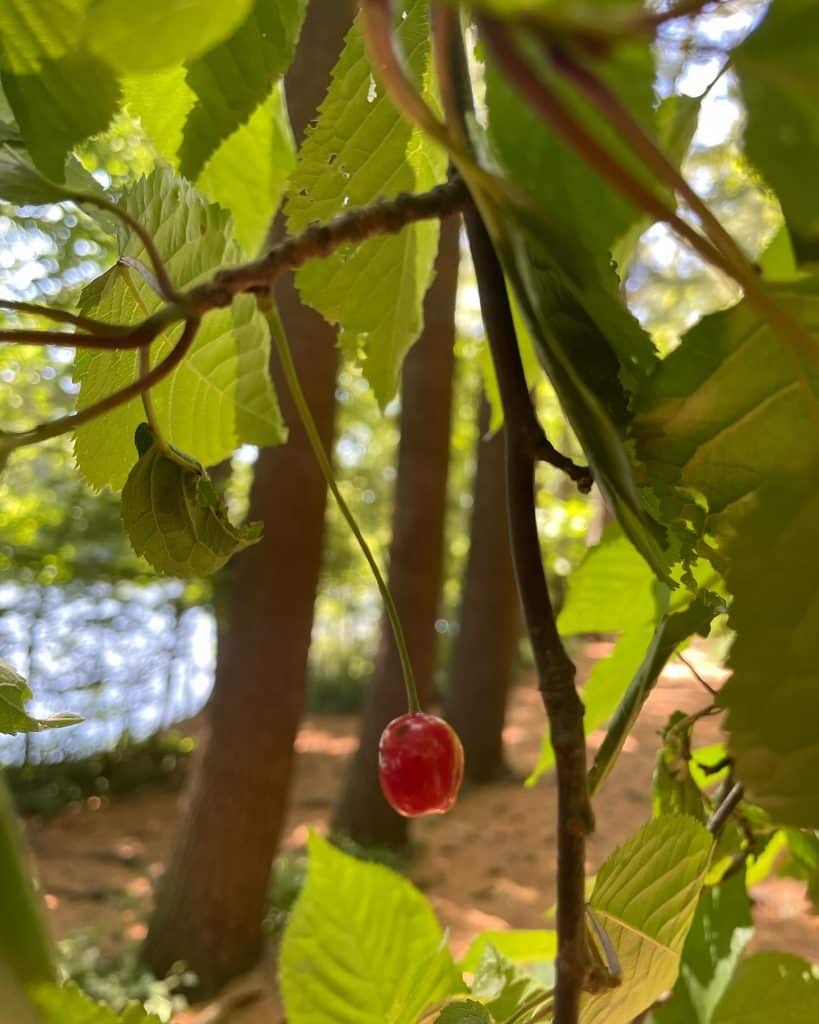
Wild Sweet cherry (Prunus avium) is the same species as the commonly cultivated cherry plant. It is native to Europe and Western Asia but has become naturalized in New England. The tree can be found at forest edges and roadsides. The bark has horizontal lines called lenticels. The oval leaves have serrated edges. Fruits ripen […]
Rubus odoratus – Purple-flowering Raspberry
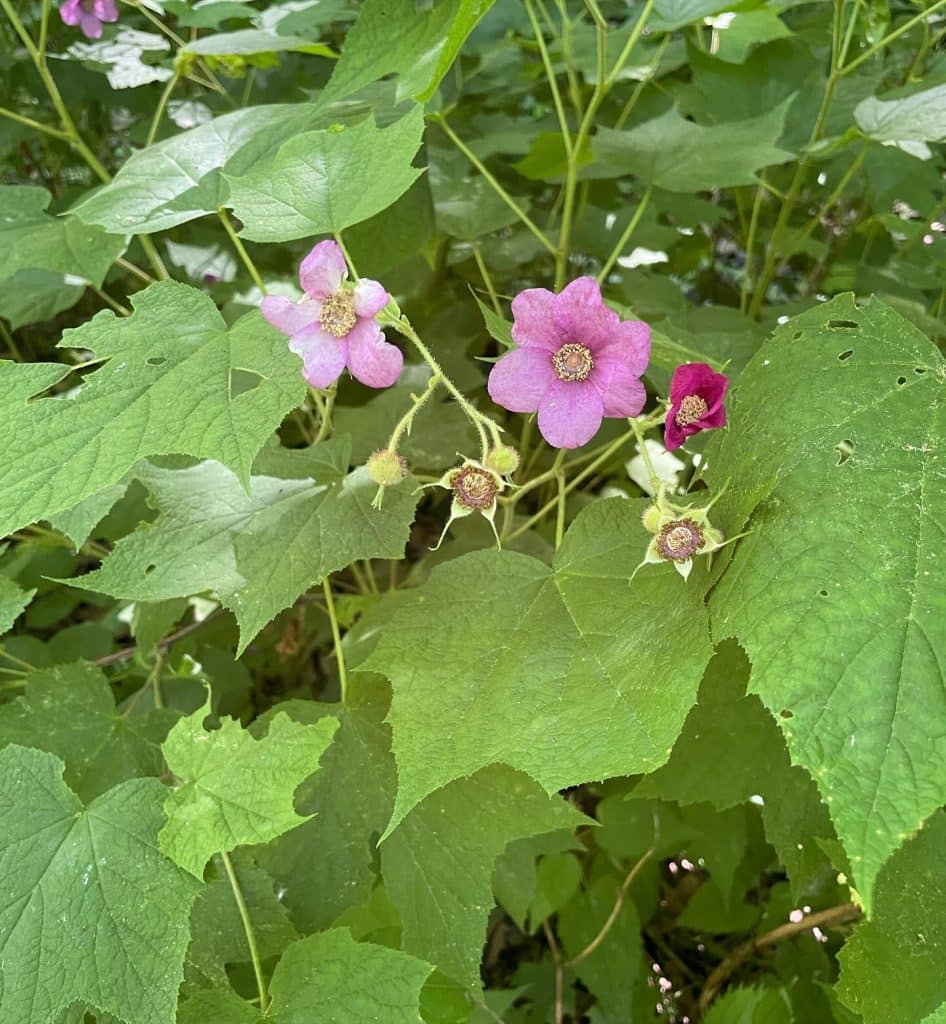
Purple-flowering raspberry (Rubus odoratus) is a native perennial with edible berries. The purple-flowering raspberry is found at the edge of trails. It can grow in sun to part shade. The plant has maple-like leaves and purple rose-like flowers. Canes are thornless, unlike other raspberry species. Flowers appear June-August. Flowers become red raspberries in mid-late summer. […]
Asclepias syriaca – Common Milkweed
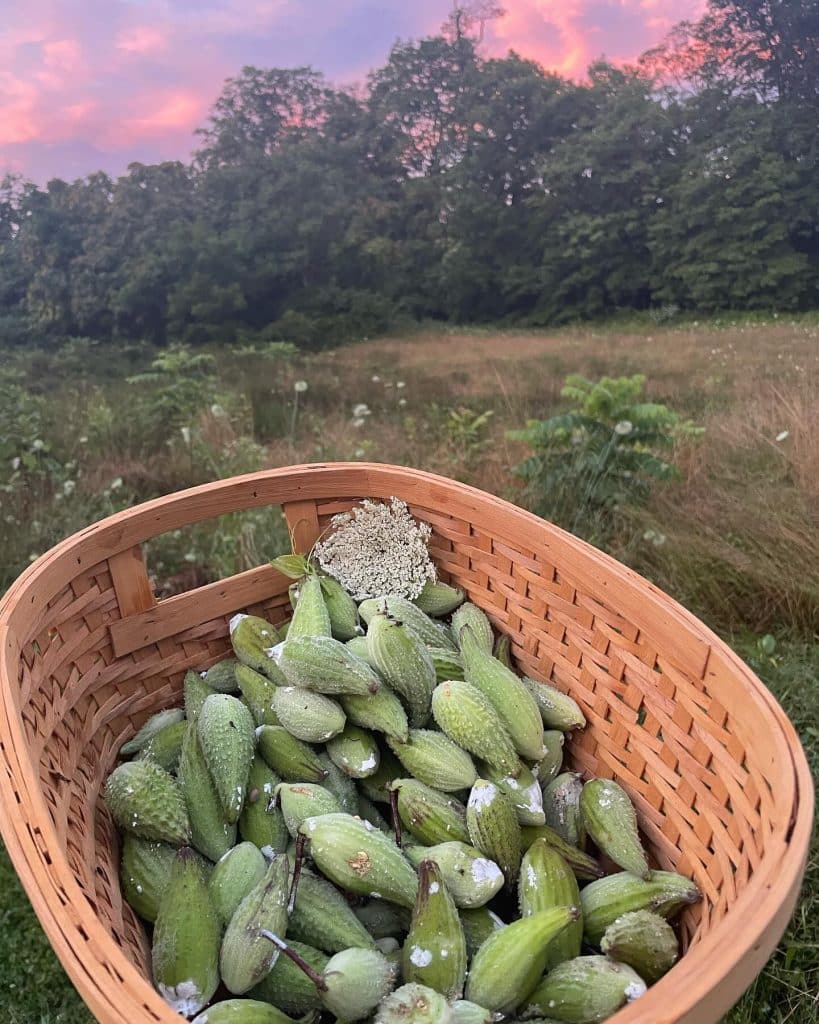
Common Milkweed (Asclepias syriaca) is a native perennial with multiple edible parts. Common milkweed can be found in meadows and fields which receive full sun. Leaves are opposite and oval-shaped with smooth edges. The stem is round and slightly fuzzy. It produces sap when broken. The pink flowers have five petals arranged in a […]
Lonicera japonica – Japanese Honeysuckle
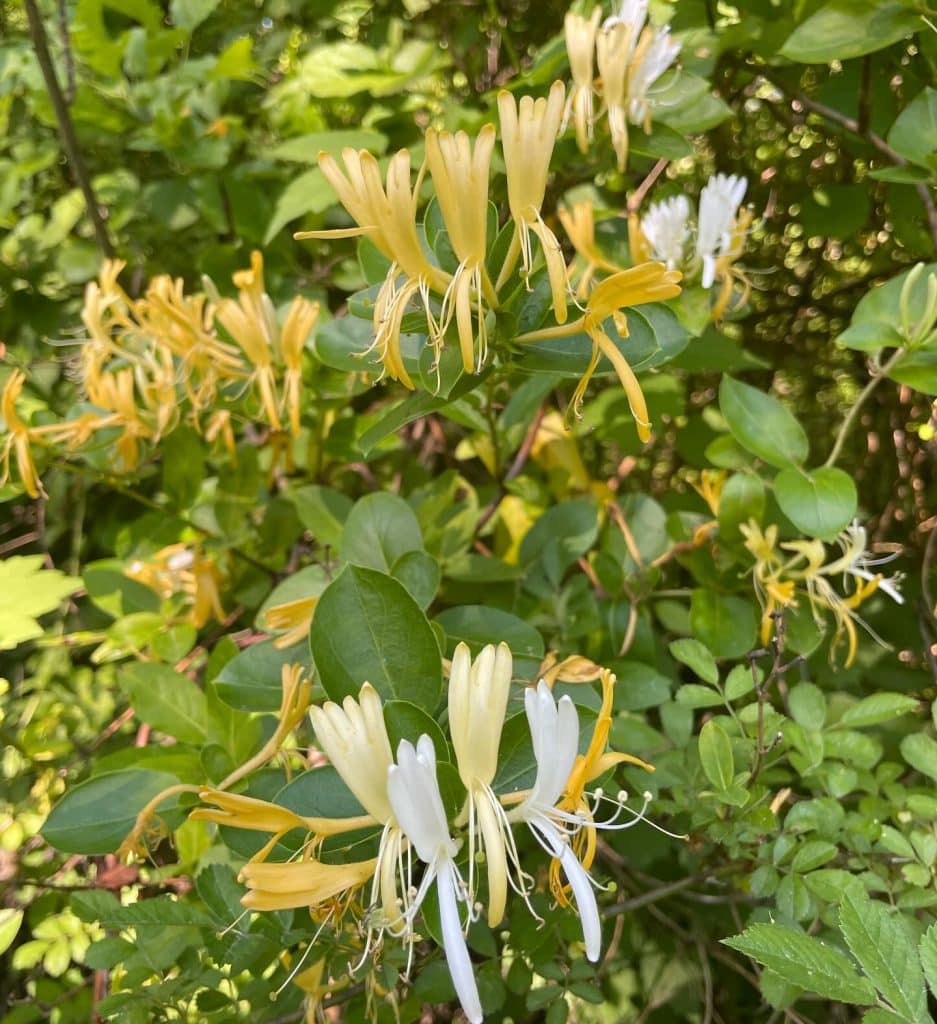
Japanese honeysuckle (Lonicera japonica) is an invasive vine. It has no predators in New England, which allows it to proliferate. The plant has edible and medicinal uses, as well as toxic parts. Japanese honeysuckle can be found in woodland clearings, meadows, and fences. Young vines are fuzzy. Older vines turn woody and brown. The […]
Symphytum officinale – Common Comfrey
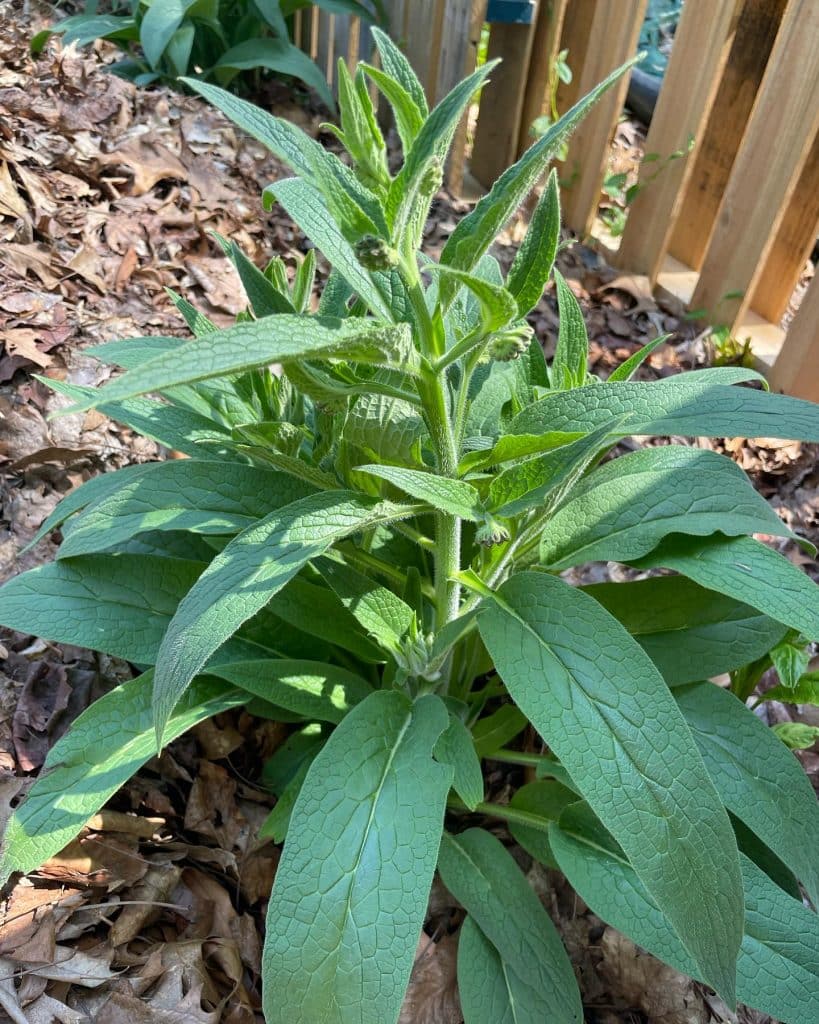
Common Comfrey (Symphytum officinale) is a non-native perennial that has been used for food and medicine for thousands of years. Comfrey can be found on roadsides, old fields, and old homesteads. It can grow in moderate shade to full sun in rich, well-drained soil. Once a colony has been established, it can live for centuries. […]
Chenopodium album – Lamb’s Quarters

Lamb’s quarters (Chenopodium album) is a highly nutritious annual that is closely related to spinach and quinoa. Lamb’s quarters, also known as “pigweed” and “wild spinach”, can be found in gardens and other disturbed areas. It prefers nitrogen-rich soil and full sun. Lamb’s quarters have leaves that are variable in shape. The first set of […]
Silphium perfoliatum – Cup plant
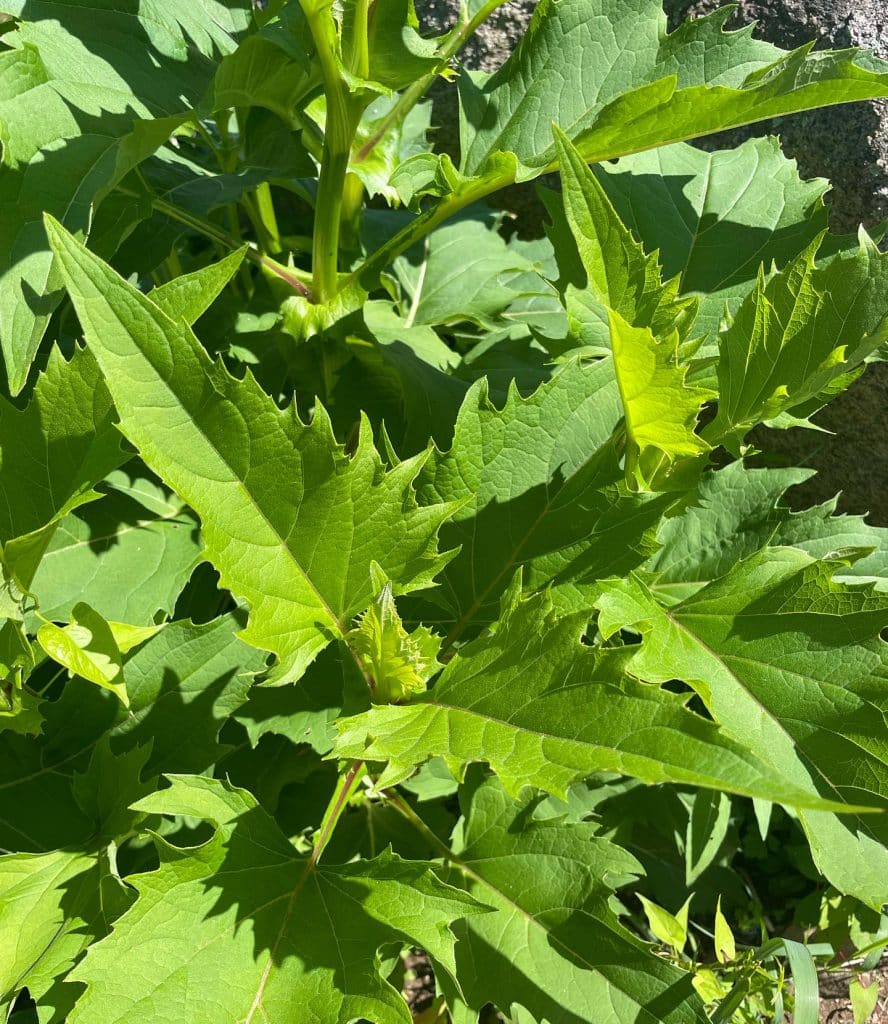
Cup plant (Silphium perfoliatum) is a perennial in the dandelion family. Cup plants are native to prairies in the central United States. They can be found growing in partial to full sun in moist soil. The plant often forms large colonies by rhizome. The cup plant is named for the cup that the leaves form […]
Aralia hispidia – Bristly Sarsaparilla
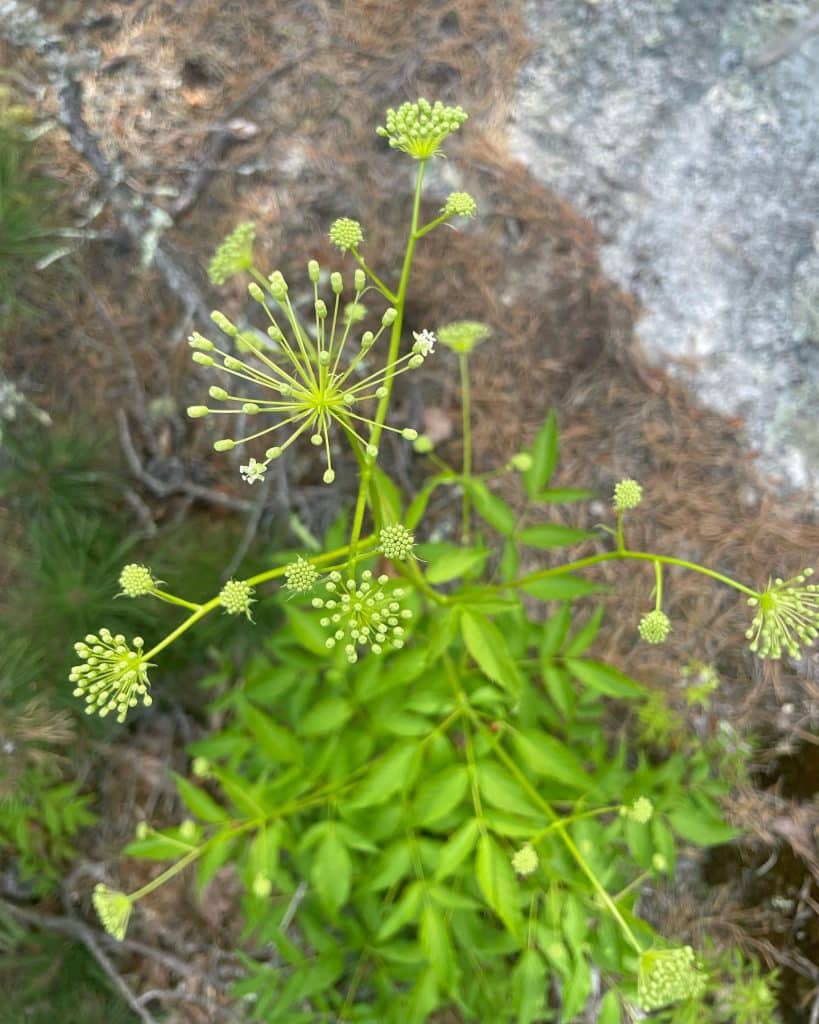
Bristly sarsaparilla (Aralia hispidia) is a native perennial in the ginseng family. It has been historically used as a medicinal herb. Bristly sarsaparilla can be found on cliffs, forest edges, and meadows. It prefers full sun and sandy soil. The plant has stiff hairs on its stem that are not strong enough to puncture the […]
Trifolium pratense – Red Clover
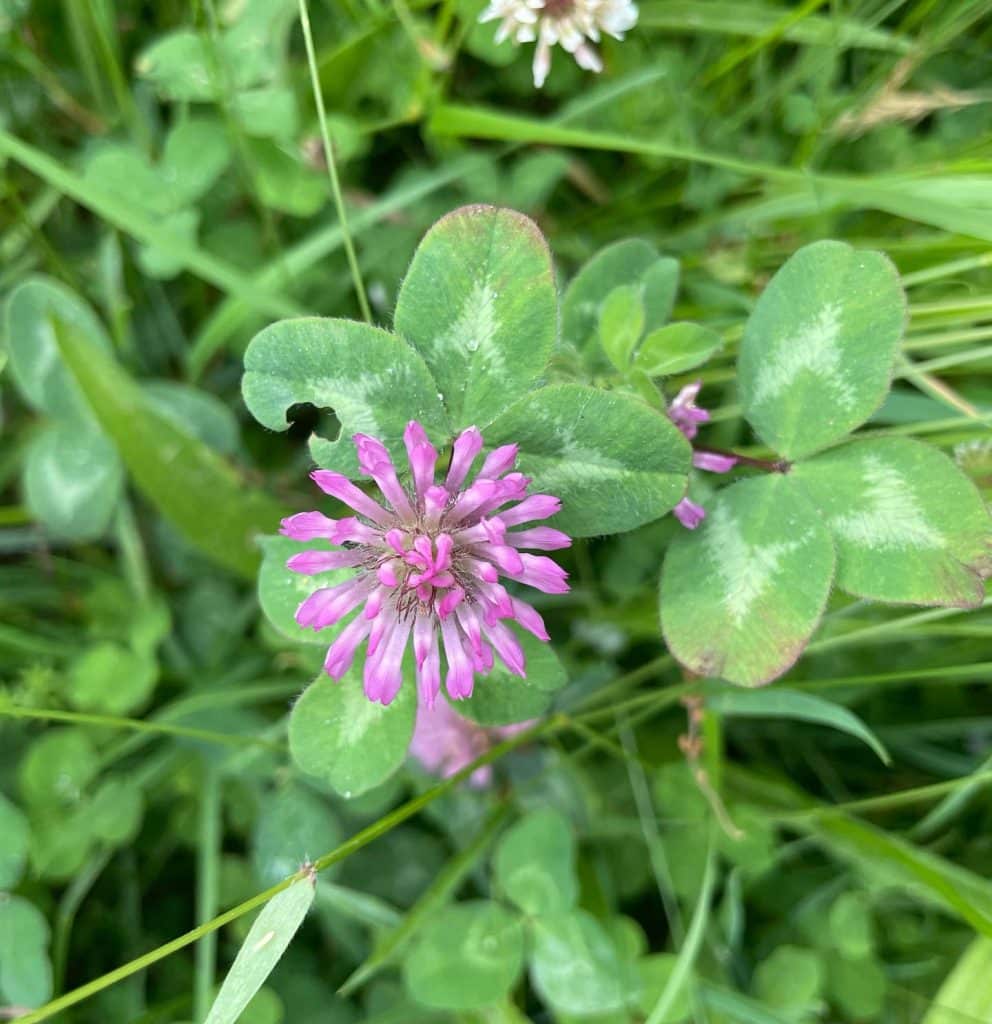
Red clover (Trifolium pratense) is an introduced perennial legume. Red clover can be found in lawns and meadows with partial to full sun. It can grow in low nitrogen and poorly drained soil. Being a legume, it can fix nitrogen in the soil for use by other plants. Red clover leaves consist of three […]
Laportea canadensis – Wood Nettle
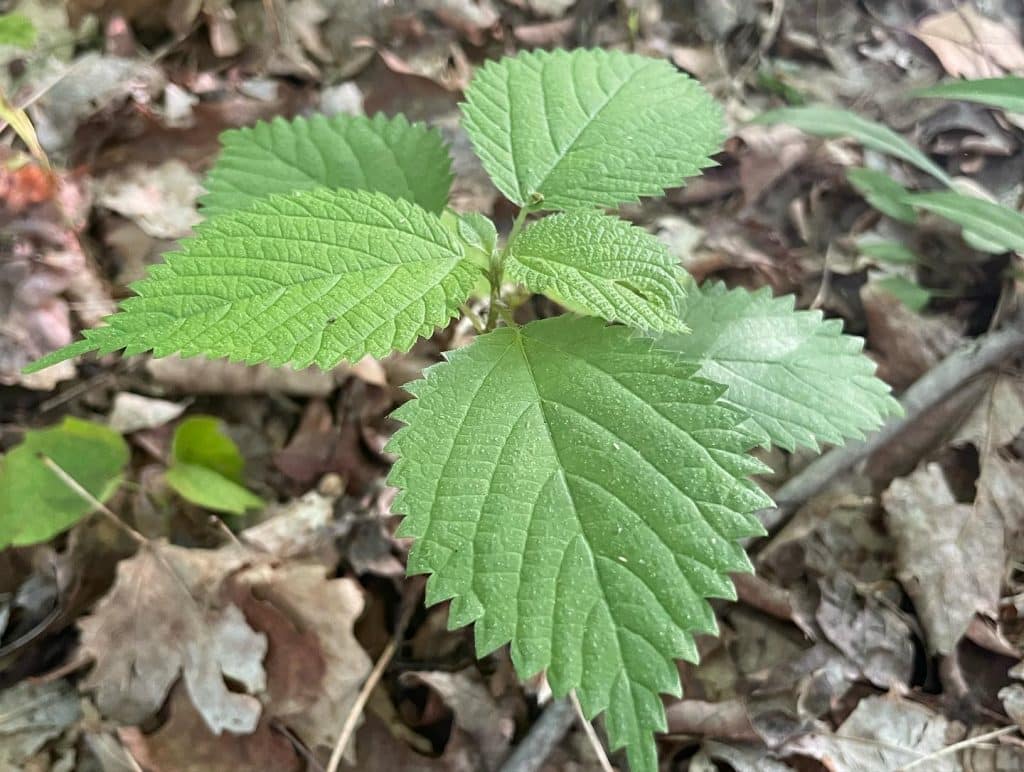
Wood nettle (Laportea canadensis) is a native perennial that is in the same family as stinging nettle (Urtica dioica). Wood nettles can be found in rich, moist soil with full to partial shade. They can grow in abundance in river flood plains. They are often found in groups as they spread by rhizomes. Wood […]
